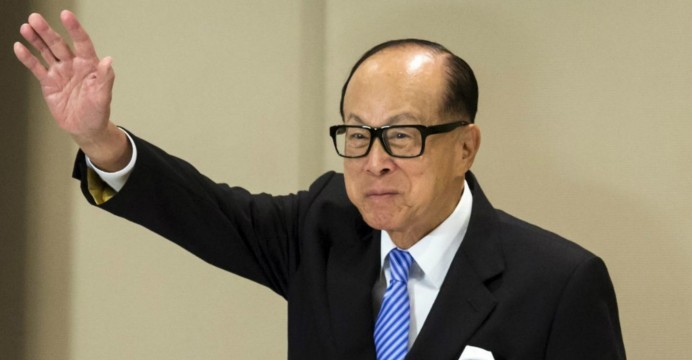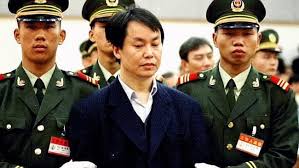The Rarest Modern Banknote in Hong Kong - the Kidnapping of Victor Li

Most modern banknotes are not uncommon. Printed in their millions they are easy to come across in day to day life. It is therefore unusual to see a modern banknote come up as 'rare' and there is usually an interesting story behind the reason; none more so than the Hong Kong Bank of China series from 1995. This series includes not just the $1000 (pick 333b) and $500 (pick 332b) but any denomination from this year and bank. The reason is rooted in intrigue and high level crime.

Cheung Tze-keung was a labourer who later became one of Hong Kong's most notorious crime bosses to ever emerge from the underworld. He was one of the few who dared to commit crimes no one else would dream of carrying out. He robbed airports, security vans and jewellery stores for millions of dollars, and was able to get away with it time and time again. His plans would be meticulous and his spending to secure his deals extravagant. It was no wonder he was called 'Big Boss' and 'Big Spender' by his gang members and victims alike.
In 1996, he carried out his most daring and audacious heist. He kidnapped the son of one of the richest men in the world, Victor Li, heir to the fortune of the tycoon Li Ka Shing. Cheung spent HKD $3.4 million preparing for the day, acquiring guns, men and equipment. On the day of the kidnapping, Cheung and his accomplices, armed with two AK-47s, seven pistols and four bulletproof vests, abducted Victor Li as he returned to his home in Deep Water Bay Road from his office in Central. He was tied up and his mouth sealed with heavy-duty adhesive tape. The gang handcuffed him, blindfolded him with bandages and bound his legs with steel chains. He was said to have been kept for one night.
Cheung then called up Li Ka Shing and demanded the world recording breaking ransom amount of HK $2 billion (USD$268 million). Li Ka Shing did not call the police to file a report and instead got the cash organized, and this is where the story becomes relevant to collectors like us. For how do you withdraw one of the largest sums of money in the world? Apparently, Mr. Li was able to do this by going directly to the Bank of China Board of Directors and ordered the emptying of the vaults of every single banknote from the city. Anything that wasn't in circulation was put into bags and brought to the house for the handover. Unfortunately, he was only able to collect HK $1 billion within the limited amount of time offered by the criminals. He had drained the city of every Bank of China note he could to pay off the insane ransom. Most of the banknotes were freshly printed and were of the 1995 variety; nothing was withheld to protect Li Ka Shing's son. Cheung was more than satisfied with this amount and took it, splitting it with his fellow conspirators before fleeing to safety and planning his next job.

The money was not spent immediately, instead it was buried in secret locations around China and Hong Kong in various sewers, open toilets, under the ground like buried treasure and even in cesspits. Shoved into plastic bags without care, and then dug up later with similar disregard by the police when it was recovered through interrogation and sources, the authorities merely wanted evidence to prosecute Cheung and have him executed in 1998 while recovering the money for Mr. Li and his son. This led to many of the banknotes being damaged, destroyed or locked away as evidence.

HSBC and Standard Chartered, the other two banks that print money for the city, released none in that year. Combined with every Bank of China note in Hong Kong in the banks being withdrawn by the tycoon and then subsequently lost or damaged, the 1995 series is now one of the rarest banknotes from the territory and each come with a high premium at auctions even in VF condition. Many collectors dream of finding this banknote not just for the fortune associated with it, but also the drama, crime and intrigue that are related to a legendary thief and a world-renown billionaire.





